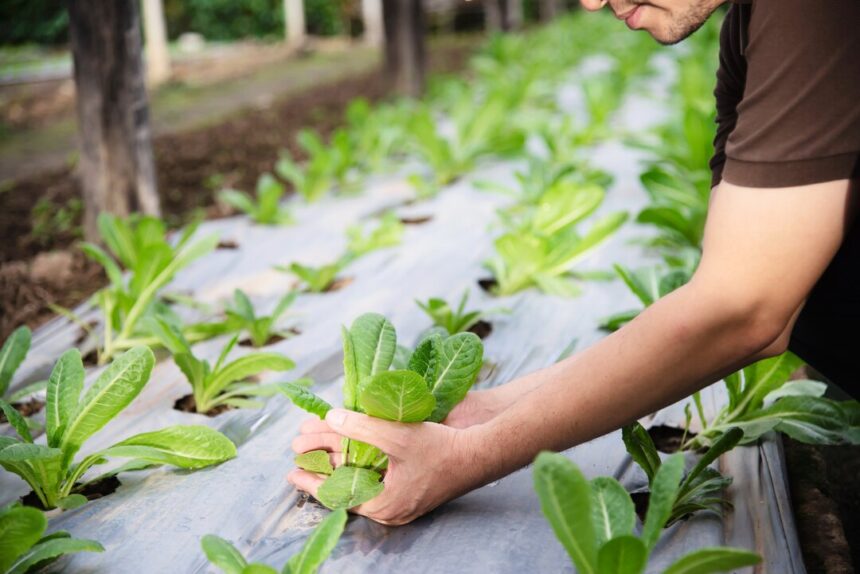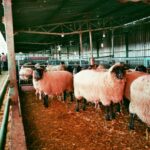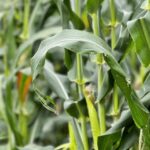Mulching is a vital agricultural practice that helps retain soil moisture, regulate temperature, and suppress weeds. To reap these benefits, it is essential to choose the right mulching equipment tailored to your crops and farming needs. This guide will help you make an informed decision.
1. Understand Your Crop Requirements
Different crops require specific mulching techniques and materials. For instance:
- Vegetables like tomatoes and peppers thrive with plastic mulch, which retains heat.
- Strawberries benefit from organic mulch like straw or wood chips.
Understanding the needs of your crop will guide your choice of mulching equipment.
2. Consider Your Farm Size
The size of your farm significantly impacts the type of equipment you need:
- Small farms: Manual mulching tools such as hand spreaders and wheelbarrows are cost-effective and sufficient.
- Large farms: Automated mulching machines, such as mulch layers, save time and labor.
3. Evaluate the Mulch Type
The type of mulch you plan to use will determine the equipment required:
- Organic mulch: Equipment like straw blowers and wood chippers is ideal for spreading and processing natural materials.
- Plastic mulch: Mulch layers designed to roll out and secure plastic sheets are essential.
4. Assess Soil and Terrain
The topography and soil type of your farm influence your equipment choice.
- For uneven or rocky terrain, opt for machines with adjustable settings and durable designs.
- Sandy soils may require mulch applicators that ensure secure coverage to prevent erosion.
5. Check Machine Features
When selecting mulching equipment, consider these key features:
- Ease of use: Look for machines with intuitive controls and easy maintenance.
- Durability: High-quality materials ensure the machine can withstand long-term use.
- Capacity: Match the equipment’s output with your farm’s needs to avoid underperformance or overinvestment.
6. Factor in Budget and Maintenance Costs
Your budget should cover both the purchase price and ongoing maintenance. Compare brands and models to find equipment that offers the best value for money without compromising quality. Consider warranties and availability of spare parts.
7. Seek Expert Advice
Consult agricultural experts or local extension services for recommendations based on your region, crop type, and farming goals. Farmers with similar operations can also provide valuable insights.
8. Trial Before Purchase
Whenever possible, request a demonstration or rent the equipment before buying. This allows you to evaluate its performance and suitability for your needs.
Choosing the best mulching equipment for your crops involves careful consideration of your crop type, farm size, soil conditions, and budget. By assessing these factors and seeking expert guidance, you can invest in the right tools to enhance your farming efficiency and productivity.
Join 'Farmers Mag' WhatsApp Channel
Get the latest Farming news and tips delivered straight to your WhatsApp
CLICK HERE TO JOIN






